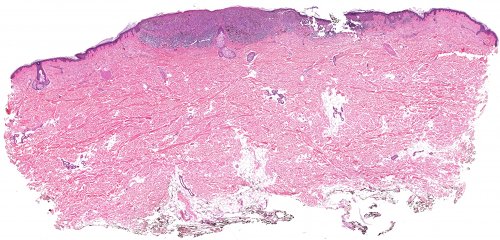TRD 3: Biomedical Image Analysis
Within CISMM we are providing new methods for image analysis of biomedical data. This has become increasingly important for CISMM over the years and has already led us all the way from the development of image pre-processing methods to diagnostic tools.
For example, we have developed methods for color normalization of H&E stained histology slides, an important step towards standardized image information to enable quantitative image analysis for large heterogeneous data sets. We have also developed approaches for image deconvolution to mitigate blurring due to a microscope’s point spread function including the estimation of a microscope’s point spread function. The deconvolution methods have been integrated into ITKv4, one of the most commonly used open-source toolboxes for image analysis.
Our design philosophy is to develop image analysis algorithms by focusing on a particular biological or medical analysis problem. The developed methods generally have applicability beyond the original application. As case in point the most recent image analysis research within CISMM has been motivated by the following three driving problems:
- correlative microscopy;
- cancer characterization from microscopy and genetic data; and
- organ-scale image analysis to quantitatively assess airway abnormalities in children.
This has already led us to investigate methods for
- Feature Learning: Several of our collaborators require the definition of appropriate image features for image registration and to analyze image data. We are developing methods to learn local features and feature hierarchies. Such learning is for example at the core of our correlative microscopy work.
- Registration of Complex Data: Motivated by different sources of airway variation (due to breathing cycle, growth, across different patients, or head positioning) our collaborators are interested in general methods for static and dynamic airway alignment within and across subjects.
- Registration of Correlative Microscopy: Our collaborators are driving us to develop methods for the automatic alignment of different microscopy modalities in 2D and 3D. This involves both dealing with differing image appearance as well as with dramatically different image resolutions. Our work so far has focused on methods based on multimodal dictionary learning.
- General Data Analysis: While much of work focuses on image registration our collaborators are also requesting methods to analyze complex data such as for example airways to characterize airway abnormalities in children or image combined with genetic data for better characterization, prognosis, and treatment of cancers.